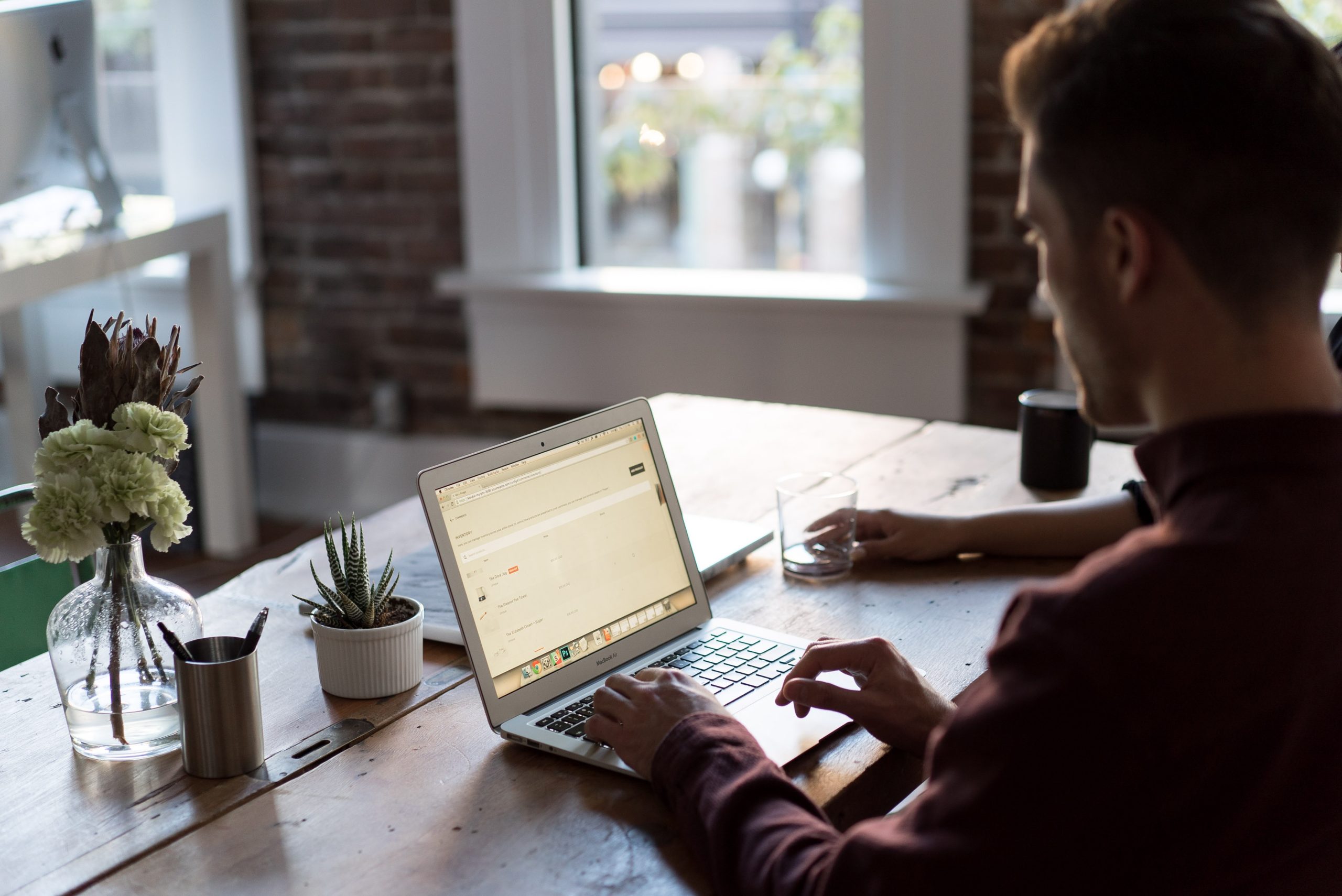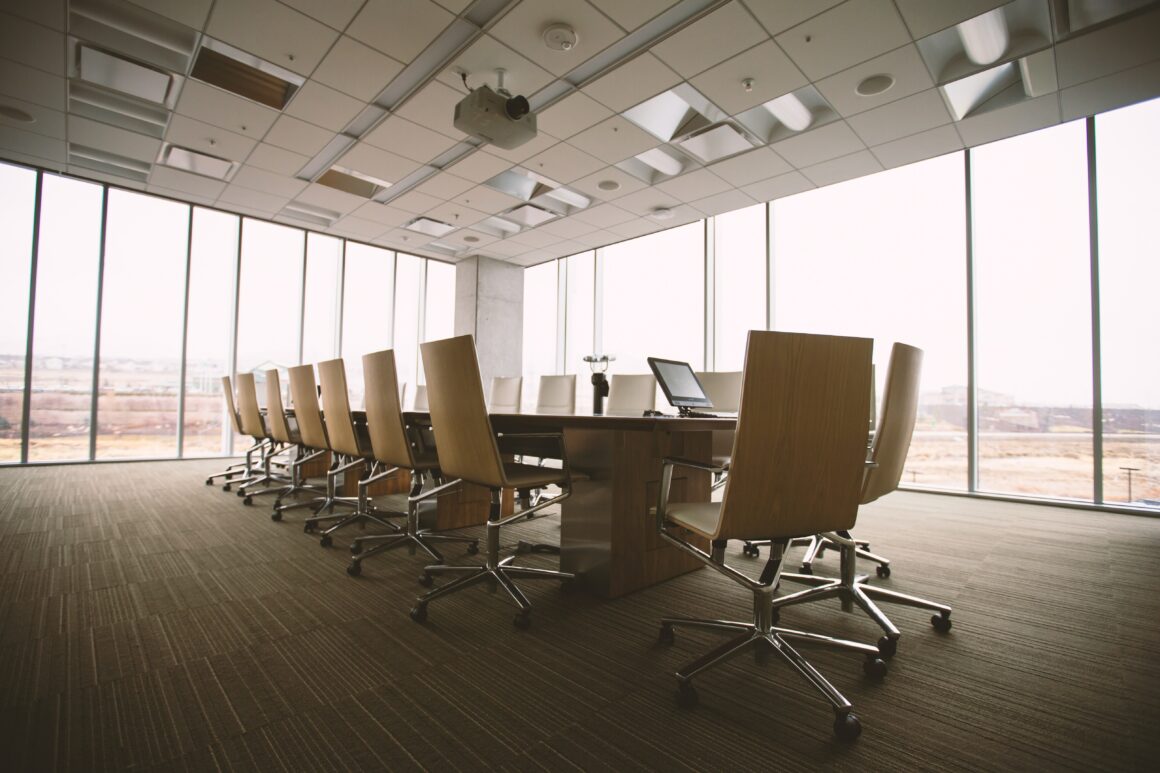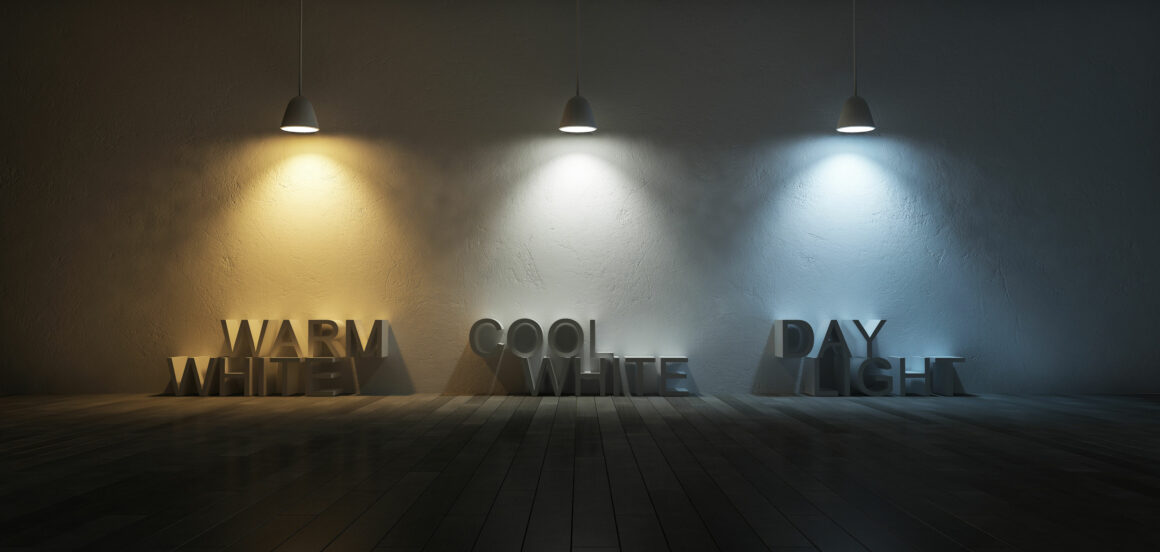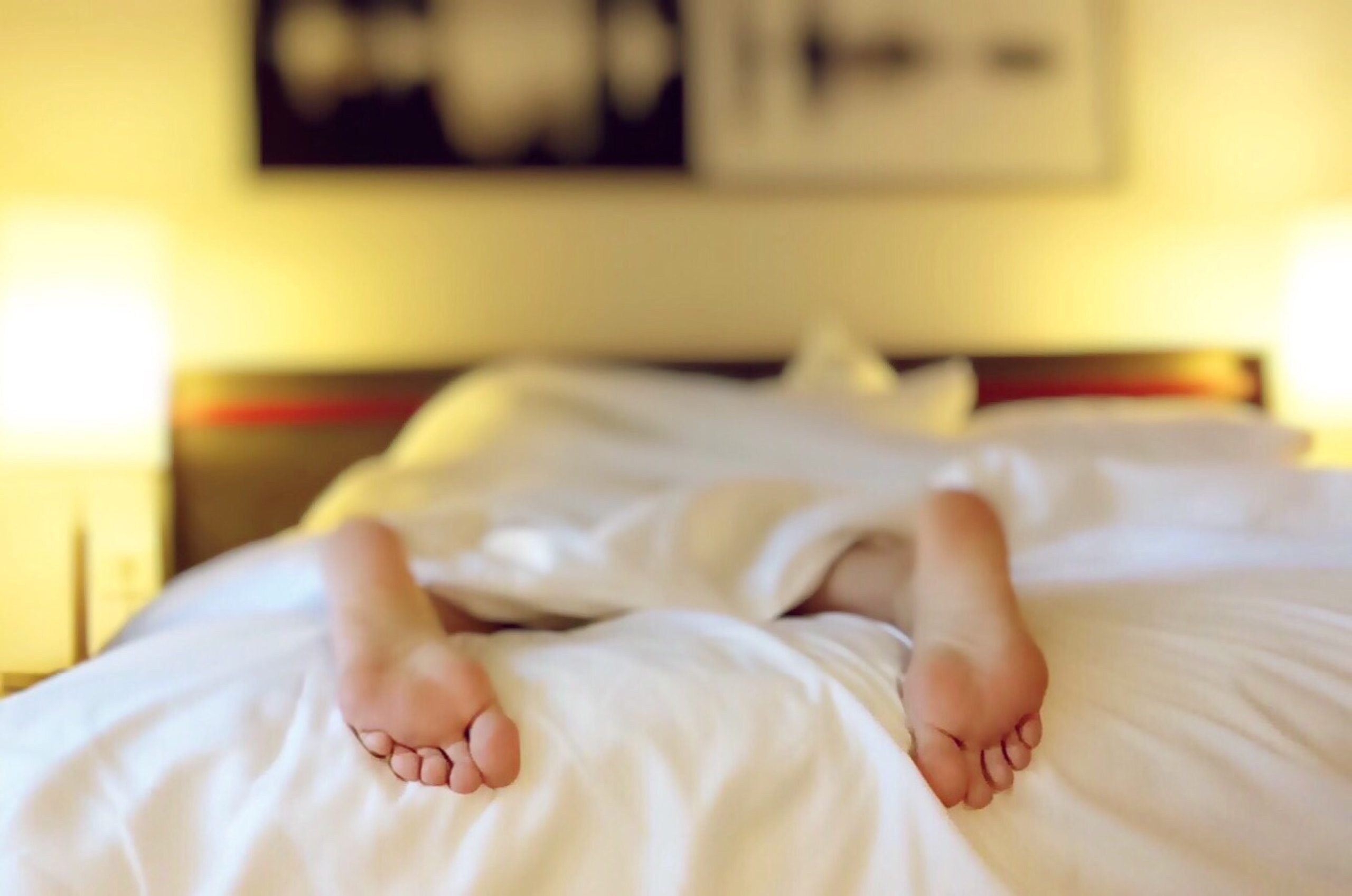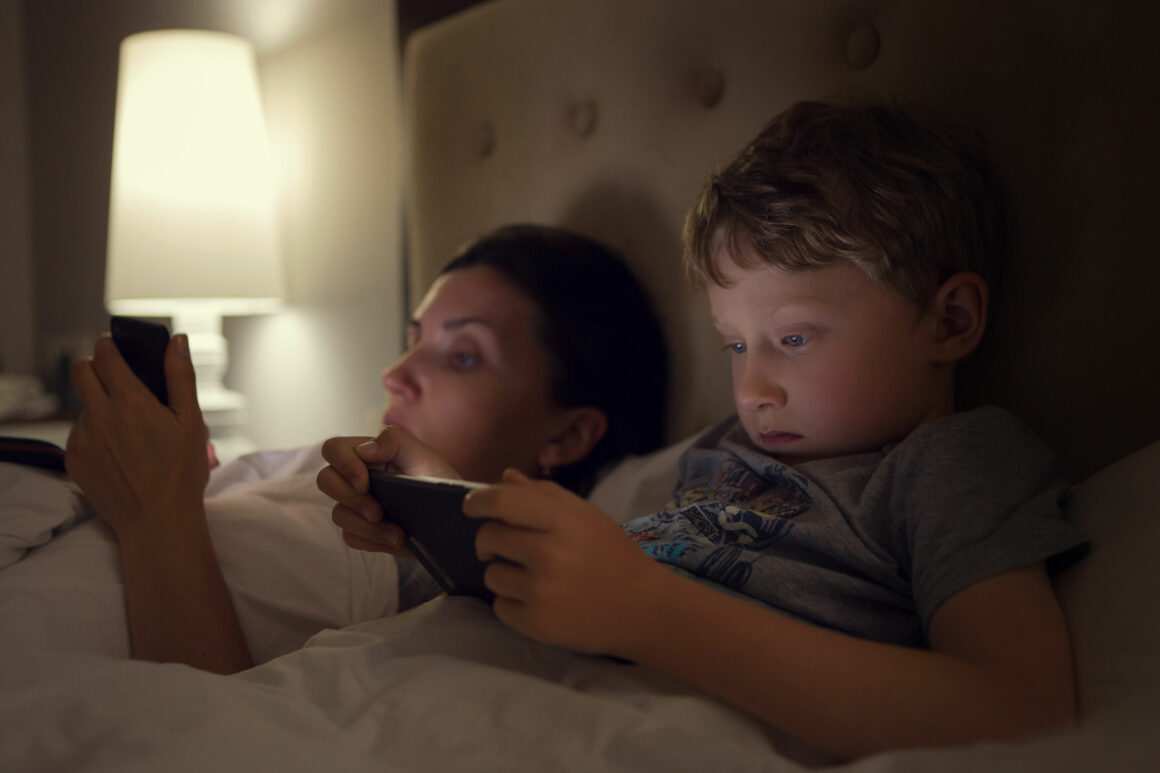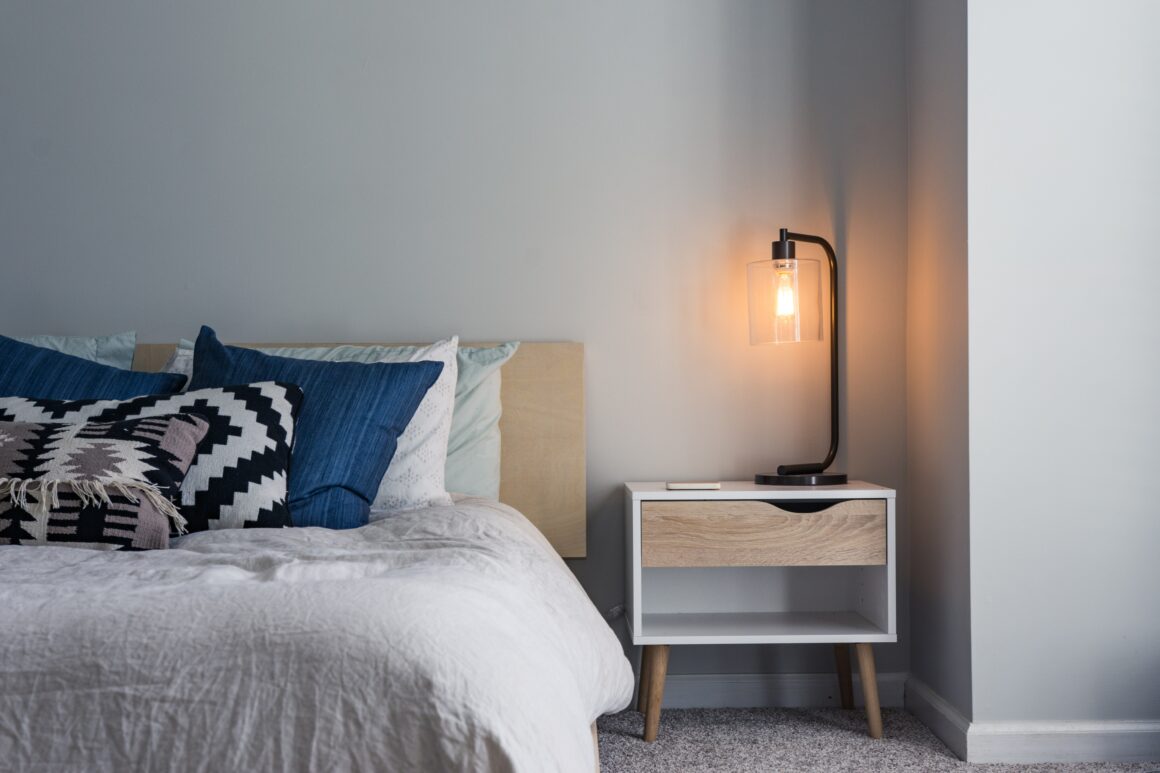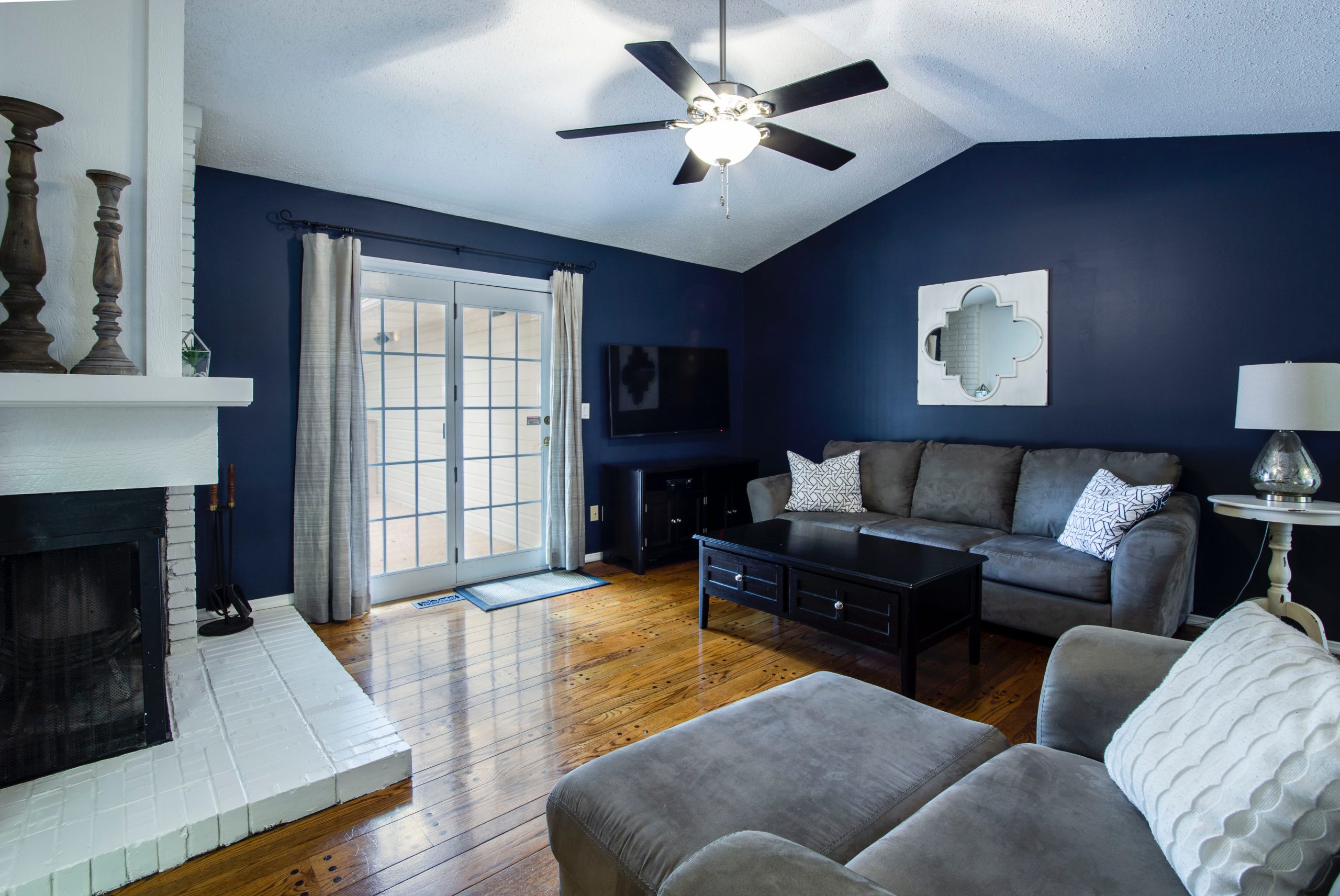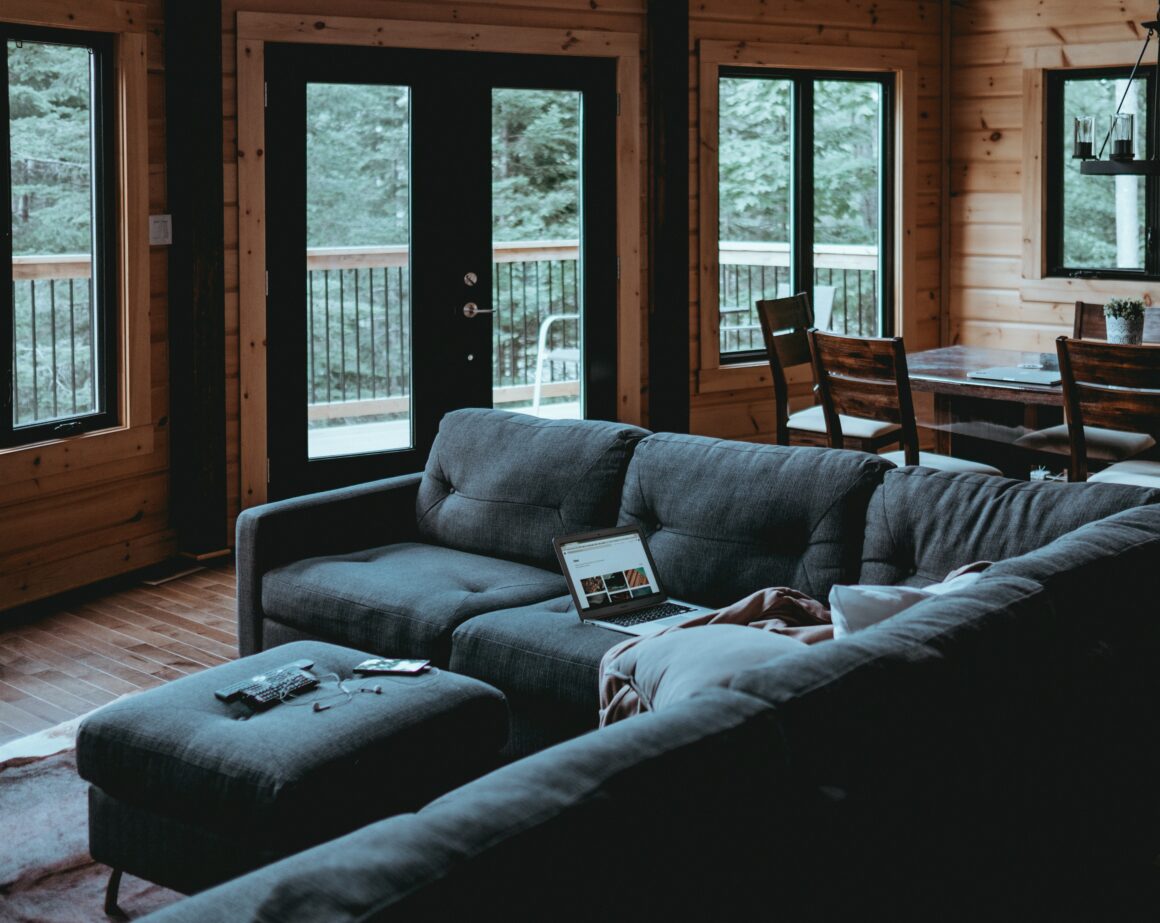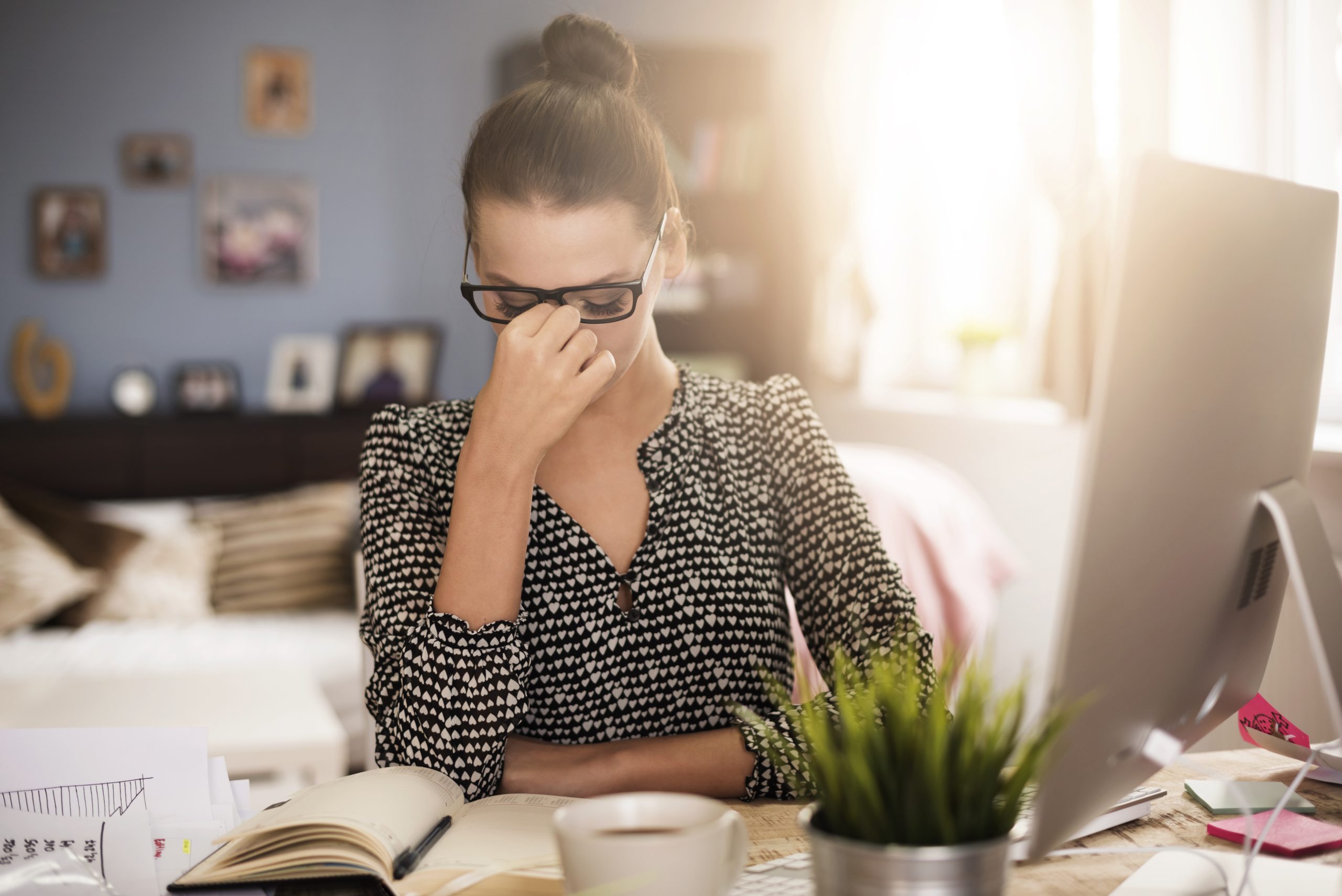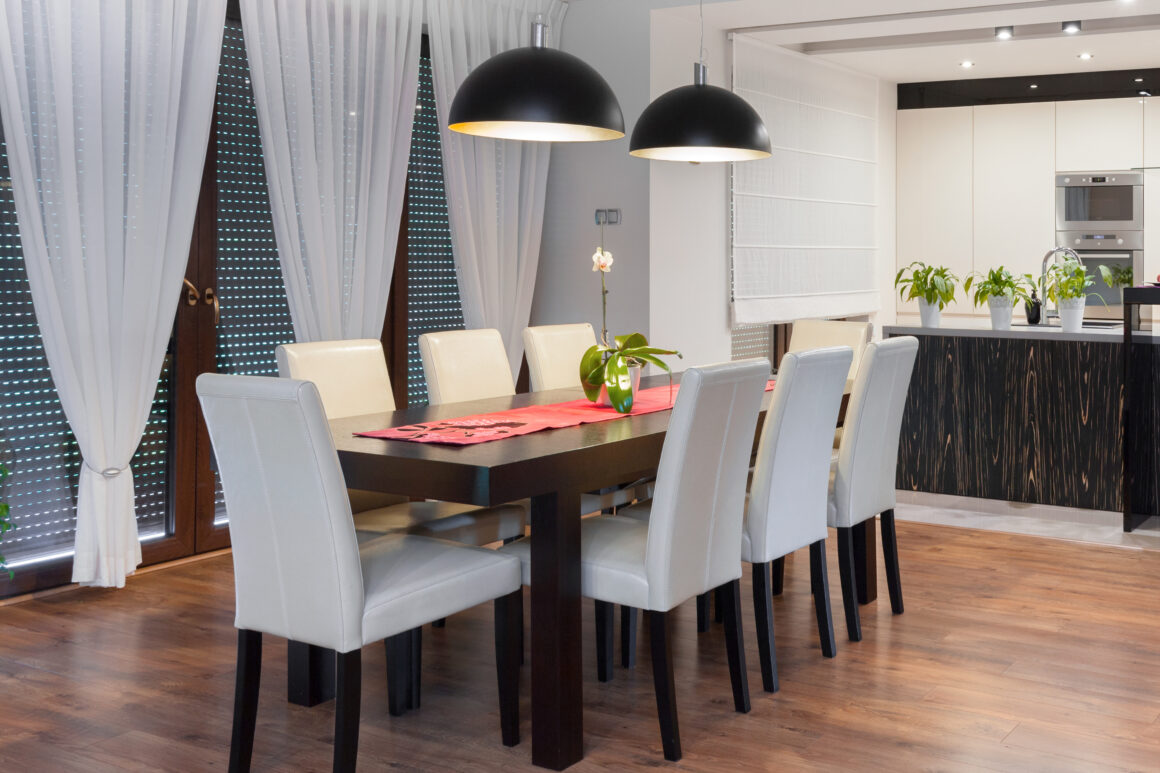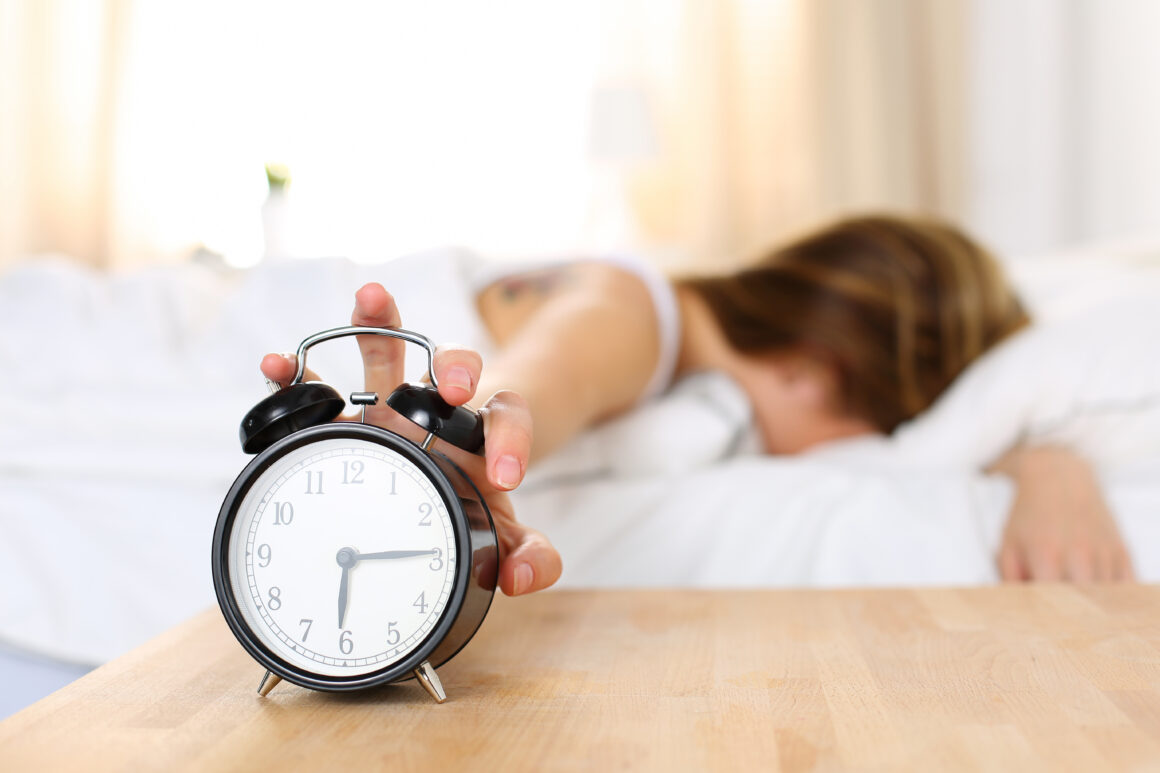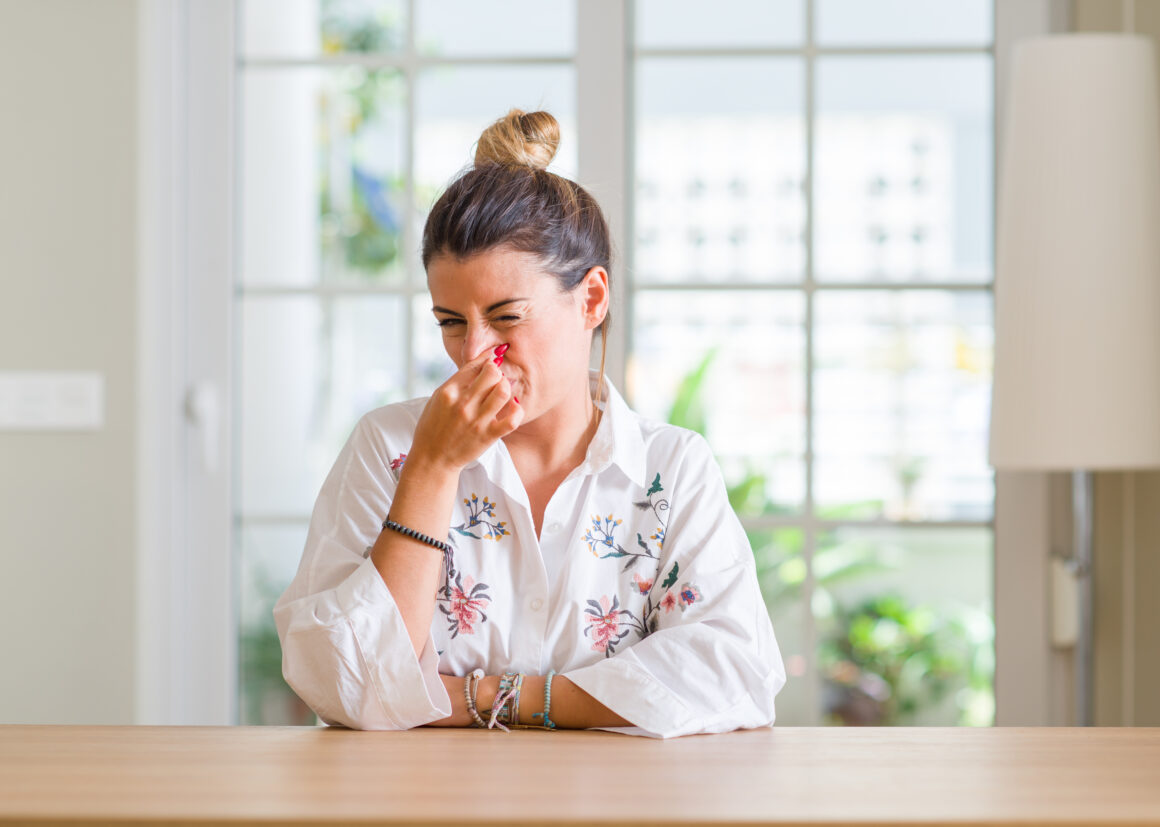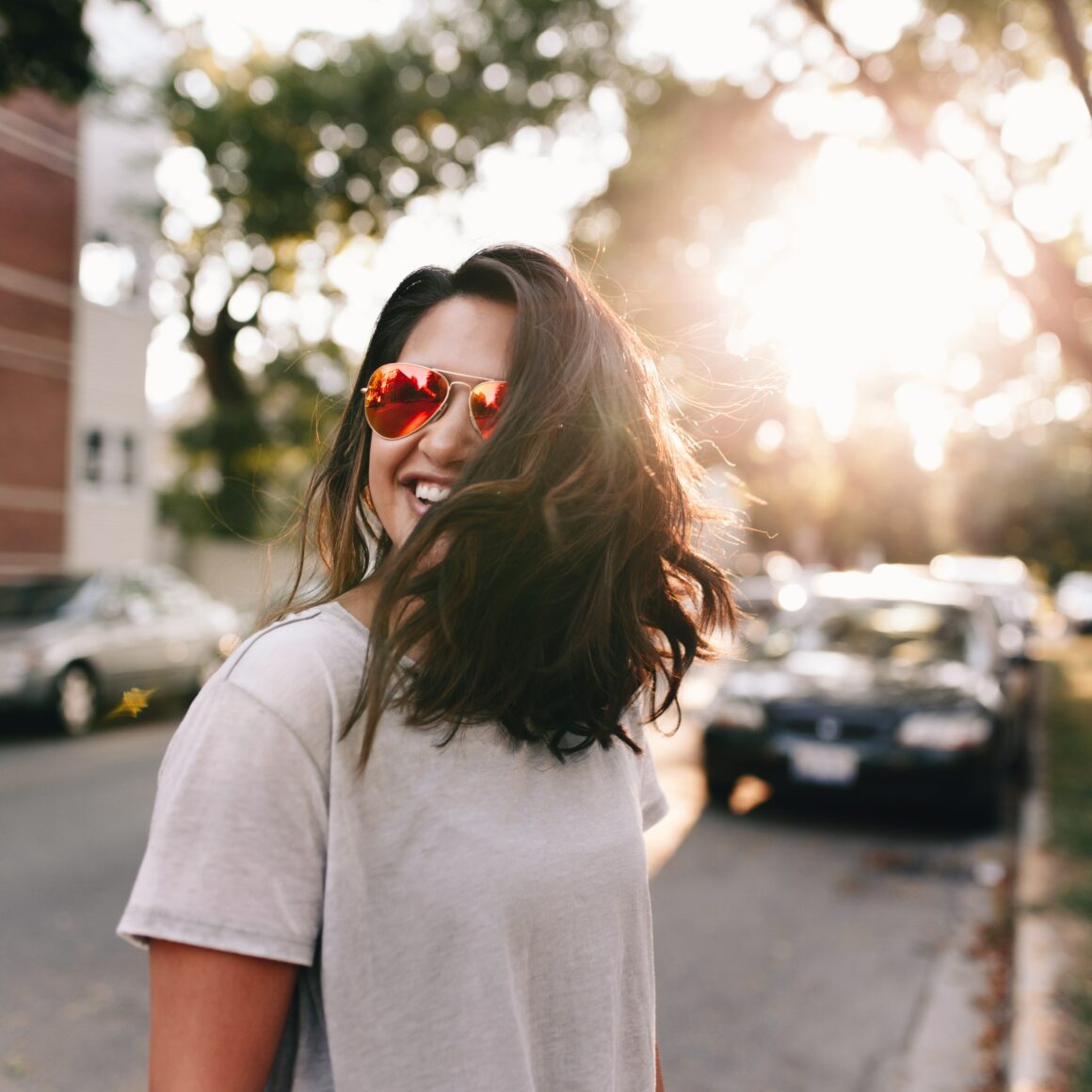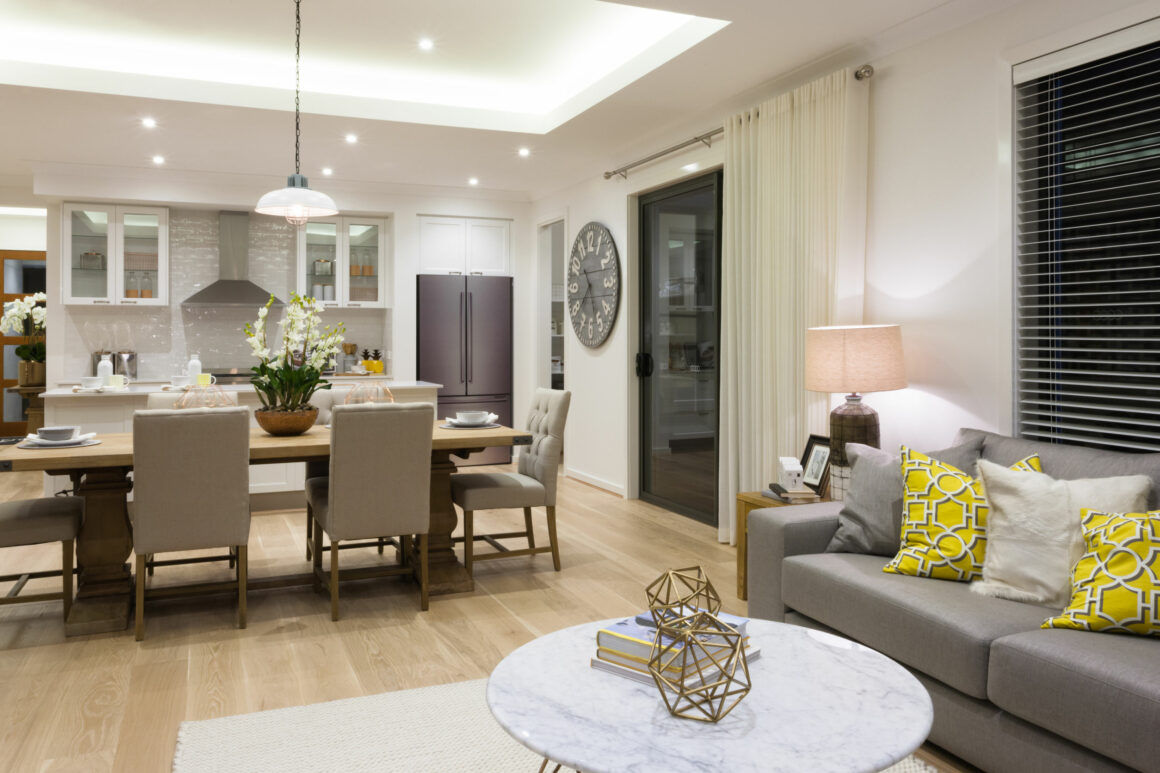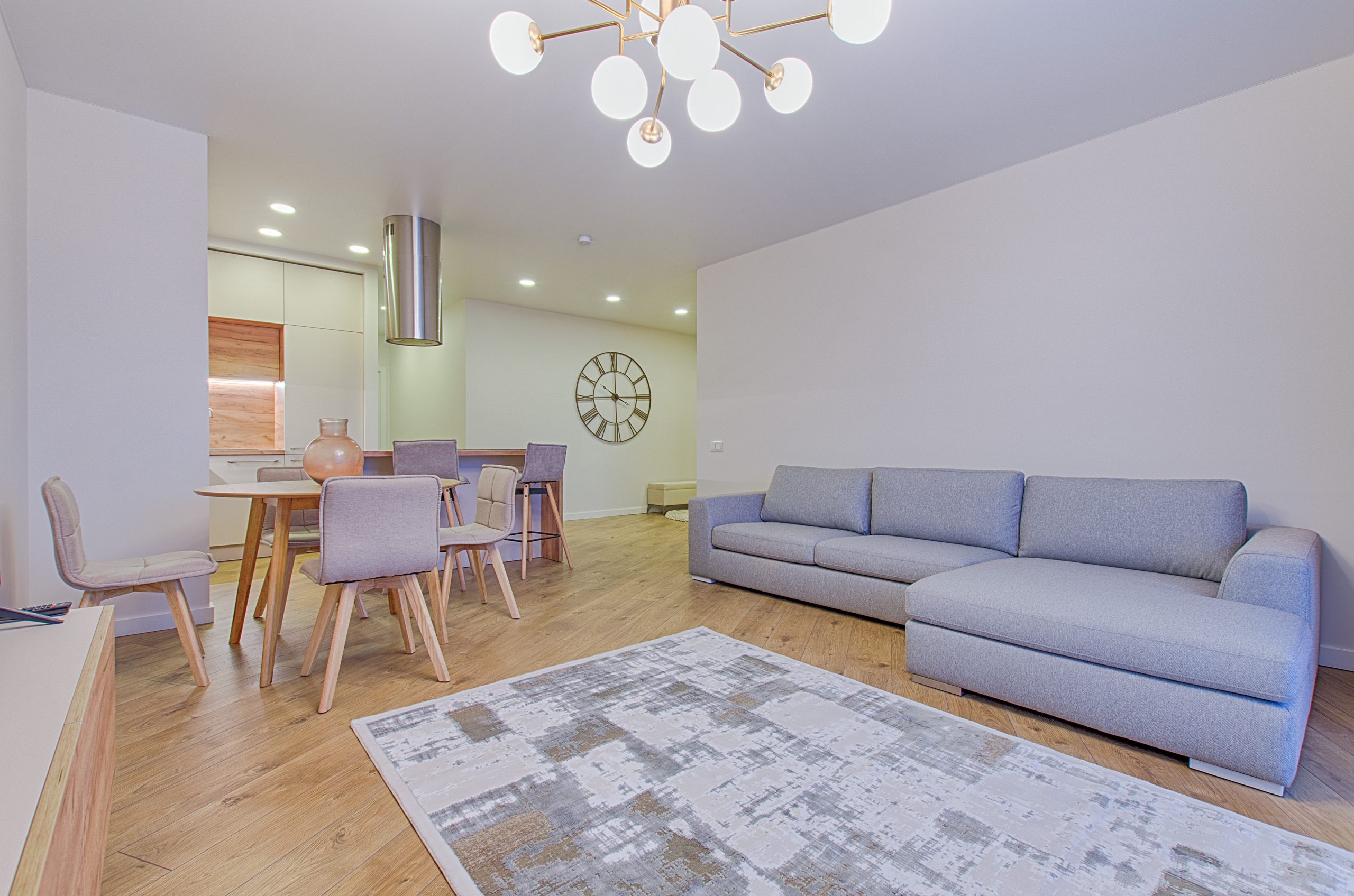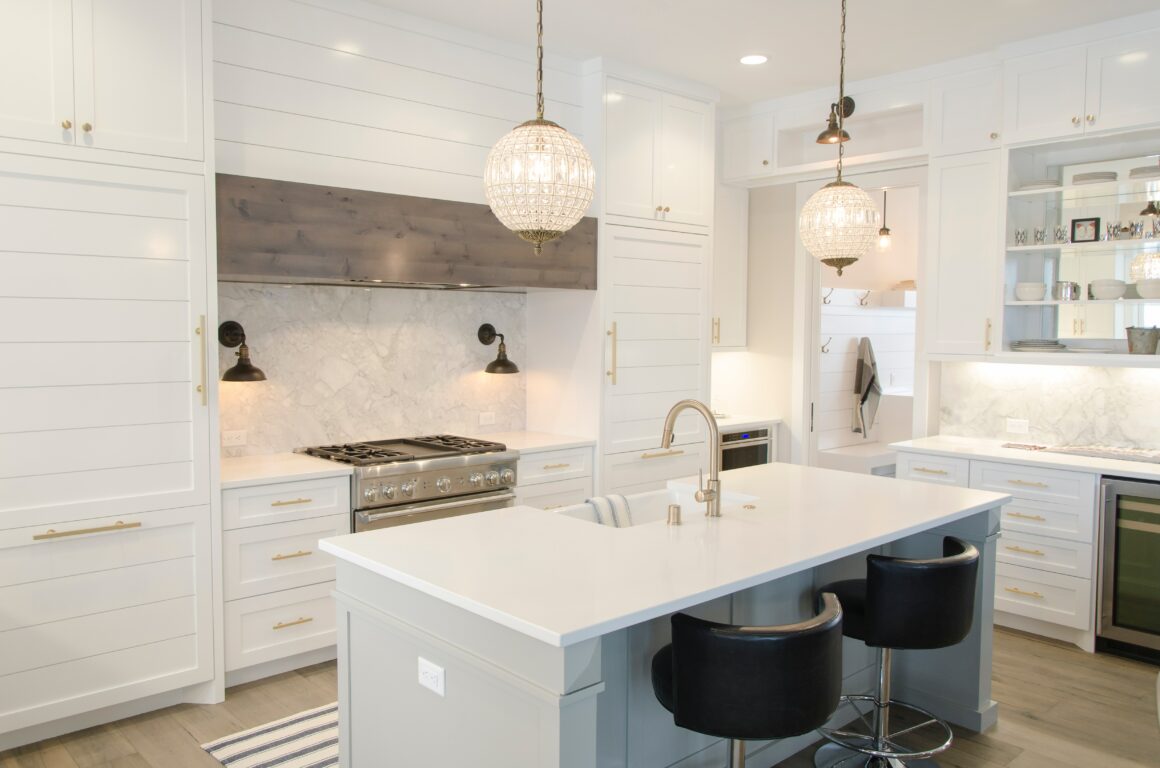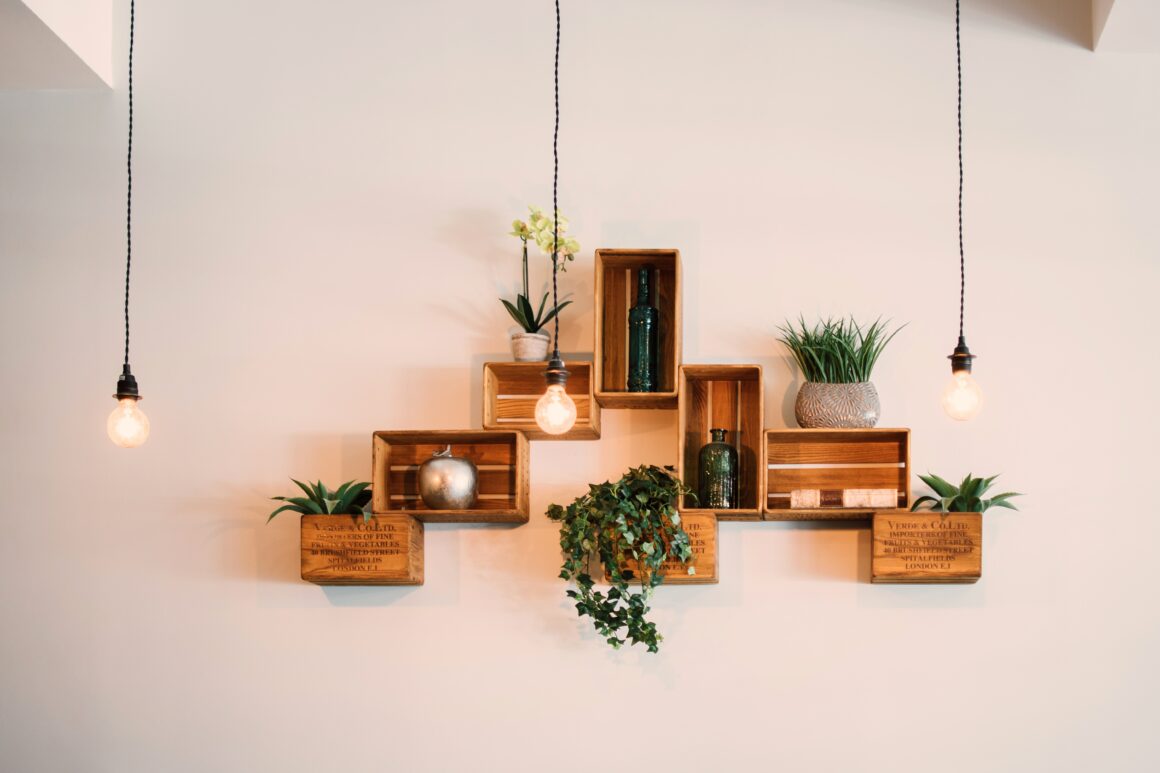It‘s no secret that there are a number of factors can affect your focus at work: from loud office banter to the slight humming of a computer. However, even after addressing the most common distractions, you may still find that your productivity at work is not where it should be. This may be because you’ve completely ignored one of the most significant factors that affect productivity: light. But before you start changing out your light bulbs, read on to find out exactly what you can do to address the productivity killer that’s been looming over your head (literally).
Importance of Lighting
- The type of light you have around you while working significantly affects your ability to focus and work efficiently. The human body is very sensitive to light and the way it is used can make or break your output at work.
- If you’re working from home, the light you use during the day may affect your ability to get good rest at night, which, in turn, can affect your focus at work the next day.
- The wrong lighting can cause eye strain, leading to tiredness and headaches.
What You Can Do
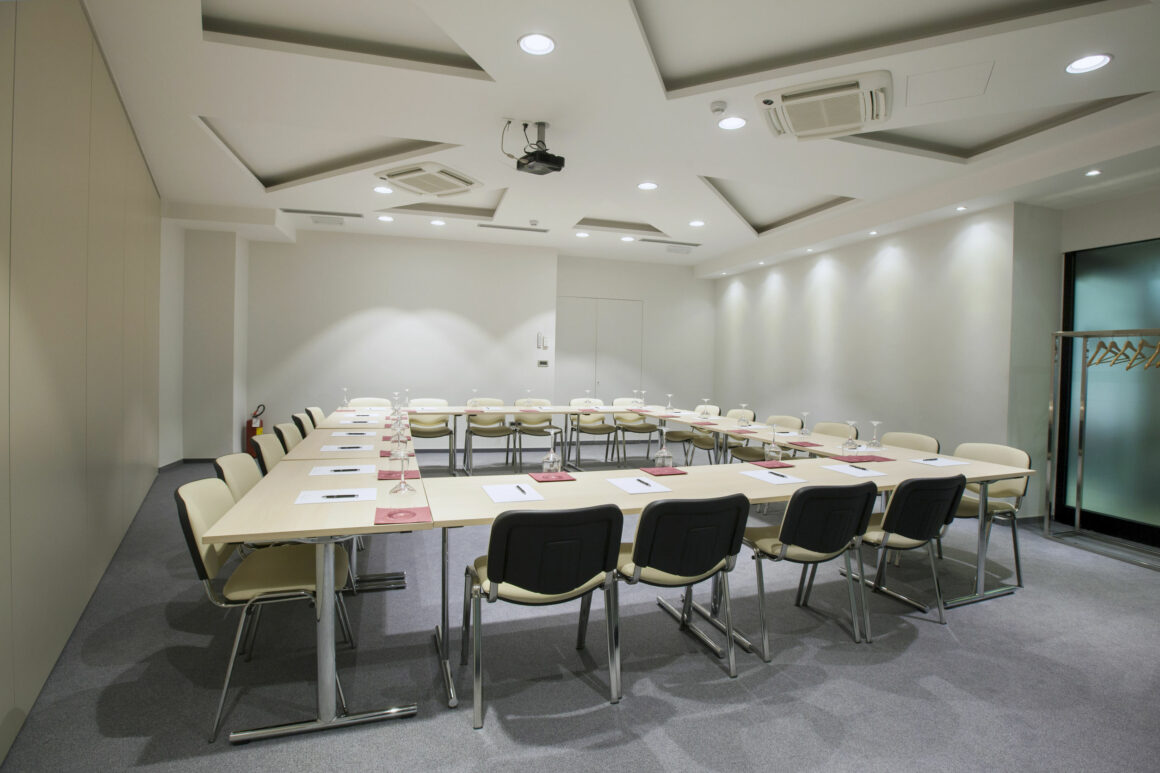
Before you learn what can be done to improve your focus at work, it is important to understand how light works. Light is measured by temperature in a system referred to as Kelvin (K). This system uses numbers to convey the color that is emitted when an object reaches a certain temperature. When objects are heated, they usually go through a range of colors: red, orange, yellow, white, then bluish white. Following the pattern of how color is seen on a spectrum, the lower the temperature of the object, the “warmer” the color and the higher the temperature, the “cooler” the color.
Lower temperatures usually measure no more than 3000 K while higher temperatures start at 4600 K and go up. Color temperatures in the middle (3100 K—4600 K) usually give off a cool white.
There are four main types of light sources most commonly used in office settings: natural, fluorescent, incandescent, and LED. All of these light systems can be measured in Kelvin, and all can help improve your focus at work in one way or another.
Natural Light
Since sunlight is considered the most natural light source, natural light refers to sunlight and any other light that very closely replicates the approximate 5,000 K to 6,000 K given off by the sun. No matter how close the Kelvin measurement is, the sun’s light is incomparable and is always recommended for work environments when possible.
Fluorescent Light
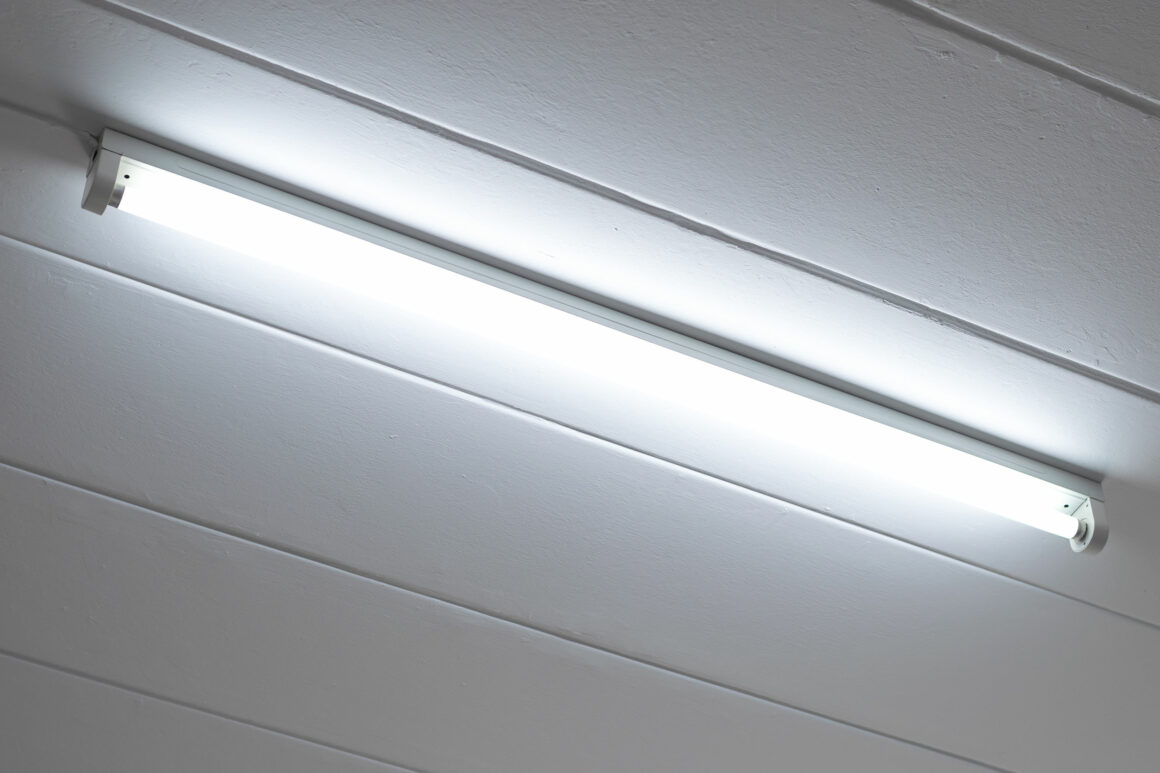
Fluorescent light often measures around 3000 K and is likely a reason why your productivity may have slowed. Despite the consistent reports of health issues, fluorescent light is still one of the most commonly used types of light in work spaces. Since it is a dimmer light, it often causes eye strain and can be hard to see in (especially if it flickers). Straining your eyes leads to headaches and migraines and is another distraction you certainly don’t need at work. If fluorescent lights are used, opt for brighter bulbs instead.
Incandescent Light
While they are the least energy efficient light, incandescent lights haven’t been known to negatively affect the body as much as fluorescent lights. However, like other light sources, they can come in a range of color temperatures. This provides a great deal of options for residential and commercial spaces, but for work environments, we recommend choosing a light in the higher color range (about 4600 K) so you can stay as alert as possible.
LED Light

A light-emitting diode (LED) is a small, but super efficient device that produces light with semiconductors and electroluminescence. LED light offers a wide range of color temperatures (about 2700 – 7000 K), making them a popular choice for residential and professional spaces alike. However, if you plan on using them at work, we recommend opting for a cooler light so you can stay alert and focused while on the job.
Natural Light vs. Artificial Light
Natural light is ideal, but is not always an option depending on your work location. Artificial lights are commonly used for this very reason. However, they are often dim lights, which means they affect the body’s production of melatonin, a hormone that causes you to feel sleepy. Natural, bright light from the sun usually inhibits the melatonin production process. This is why we work when the sun is up and sleep when it’s down—and why you may feel sluggish on a rainy day.
Artificial light can also affect the amount of cortisol in the body. If your body doesn’t have enough of this stress-regulating hormone, you may feel more stressed than is helpful for effective performance, causing you to feel tired.
Blue Light
As a shorter, faster wavelength, blue light produces more energy than most common types of light. Claims have been made about blue light negatively affecting sleep and overall quality of life. However, although it has been the subject of many health debates, there are claims that it stimulates the brain more than other kinds of light. It’s why going outside when you’re feeling drowsy can actually help wake you up a bit.
Having some blue light can actually be good for you. It’s not common knowledge that blue light also comes from the sun, but just as some of the sun’s rays actually does the body good, so does allowing some blue light while working—a study from Brigham and Women’s Hospital shows that exposure to blue light during work actually helps you stay more awake and alert and improves your focus at work. When it comes to the light bulbs installed in your workspace, use blue-tinged lights in areas where you want to brainstorm and come up with new ideas, as the bluer lights will keep your brain more alert.
Since there is still some evidence that blue light can throw off your body’s circadian rhythm, we recommend using blue light glasses after sunset if you’re going to be using any devices like laptops, smart phones, and tablets. You may even notice that long-term exposure to blue light or blue-tinged fluorescent light during the day also affects your ability to sleep. If this is the case for you, we recommend wearing blue light glasses as often as you need and for as long as you need during your time at work.
Individual Needs
If you have sensitive eyes, you might find that you may need to choose an even warmer light than the typical mid-range type in order reduce the amount of strain on your eyes. It’s all about finding your productivity sweet spot. Just as some people might function better when listening to music and some prefer complete silence, you may be surprised to find that dimmer lights put you in deeper thought and actually allow you to work better, while bright lights affect your creativity. The type of job you have, your work environment, and your personal preference should all be taken into consideration when optimizing your space to improve your focus at work.
Hånsen lighting offers a wide variety of light types to fit your needs and help you work productively no matter the location. Choose from numerous fixture options to get the look you want for any space. You’ll see a huge difference in your productivity and overall well-being.
About Hånsen Lighting
Hånsen Lighting does more than just make your home beautiful. We provide lighting solutions patterned after the sun’s natural light cycle. In line with the Danish principle of “hygge”, our lights adjust with you, so you can feel a sense of comfort and coziness throughout the day. As the lights change throughout the day, your safety, visual acuity, and wellness are enhanced.

